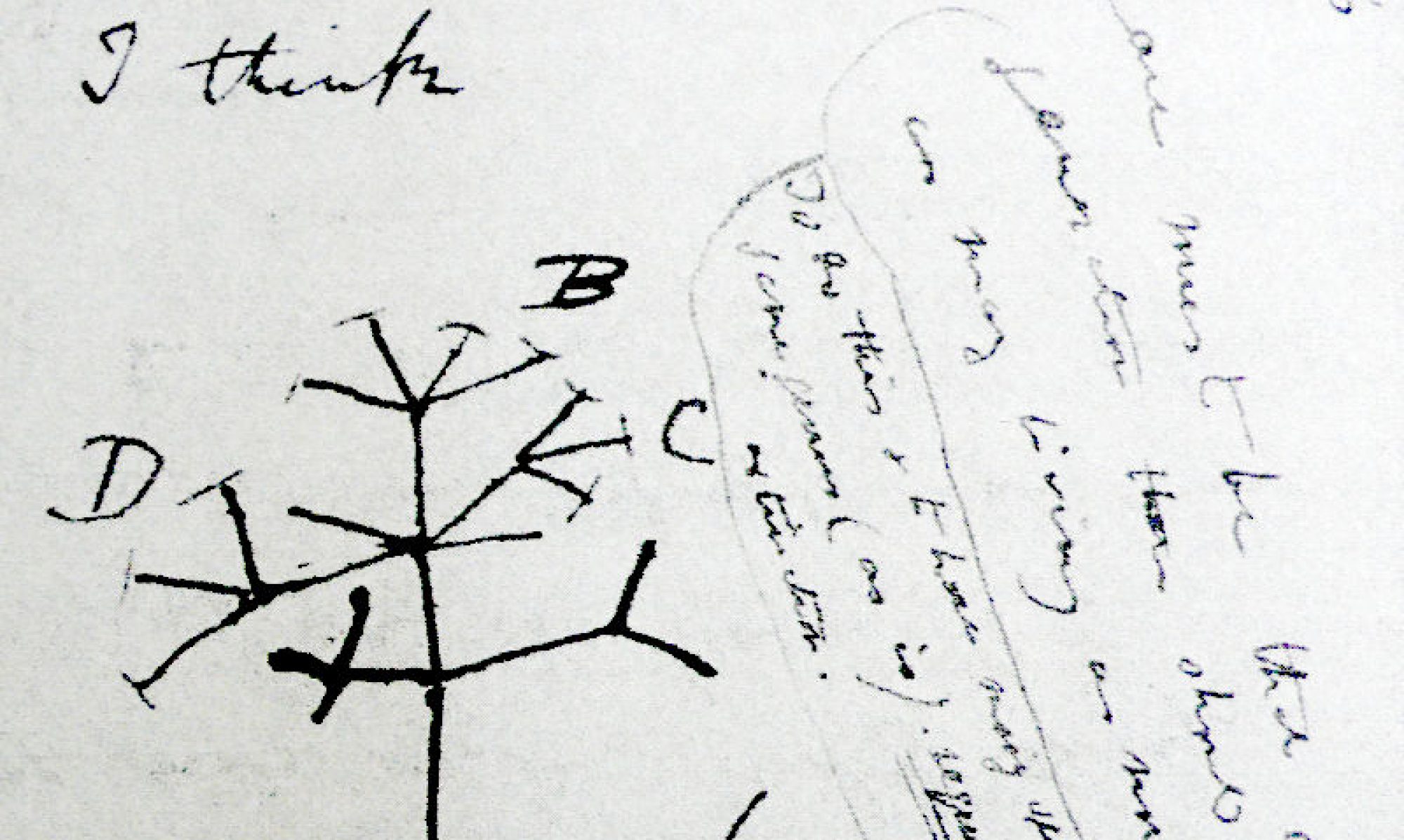By: Emily Almeida, Caroline Houghton, Nathan Skopas, and Jada Thornton (Stonehill College, BIO323: Evolution, Spring 2023)
Three-spined Sticklebacks, Location of Study, and Introduction
The three-spined stickleback (Gasterosteus aculeatus) is a species of fish that can be found in temperate regions of the northern hemisphere and in seawater and freshwater habitats in the Atlantic and Pacific basins. Sticklebacks have long been considered a model organism for studying adaptive radiation, due to their parallel diversifications between freshwater sticklebacks and their marine ancestors. Adaptive radiation is defined as the rapid increase in the number of closely related species characterized by great ecological and morphological diversity. The driving force behind adaptive radiation is an organism’s adaption to a new environment. In this article from Ecology and Evolution, the population of three-spined stickleback fish studied were native to two Scottish islands, North and South Uist. Specifically, the diversity in the number and type of bony armor plates in species native to both islands were compared. Bony armor plates are structures on the fish that run along their backside and help to protect the fish from predators. Based on prior work, it was observed that the populations located on North Uist showed immense diversity, which was thought to be related to diversity of aquatic habitats within the area. On South Uist, evolutionary diversity within the stickleback population was significantly less, despite similar levels of diversity within the surrounding habitats. The diversity in pH on North Uist, and lack thereof on South Uist, has likely led to this drastic difference.
Methods
The stickleback fish used in this study were collected from 10 different lochs on North Uist and 8 lochs on South Uist, as shown in the figure below. A loch is similar to a lake. However, loch has a Scottish origin while lake has an English origin. Since, the experiment was conducted on Scottish islands, the term loch will be used. 263 sticklebacks were collected, with 45 being anadromous, meaning that they are typically found in salt waters but occasionally migrate to freshwater areas to breed. Collected samples were euthanized and preserved for further analysis. The dorsal and pelvic sides of the fish represent its back and belly, respectively. Measurements of each sample’s dorsal spine, pelvic spine, pelvis height and length, and total number of lateral plates were recorded.

Results
Based on differences among morphological structures, the scientists discovered that there were varying levels of variation between sticklebacks on the two islands. This was due to variation in the pH of lochs found on the two islands. The average length of a North Uist fish was 36.44 mm, which is significantly greater than the average length of the South Uist stickleback, which was 34.55 mm. The average number of bony armor plates was highest in high pH waters, with 6.58 plates, and lowest in low pH water, with only 1.86 plates. The pH of North Uist ranged anywhere from slightly low to slightly high (6.5 to 9). The pH of South Uist, however, was consistently at a neutral pH of 7. The range in pH of North Uist allows the native fish to grow longer and develop better protection.
Final Notes
The variation displayed within the stickleback population in North Uist was a topic of interest for Dr. MacColl and his team. Through their extensive and thorough research, they were able to find some interesting results. The adaptive radiation displayed within North Uist, which is absent in the neighboring island of South Uist, can be explained through the variation in levels of pH. The differences in the composition of the water have allowed the stickleback populations in North Uist to show a greater amount of diversity.
About the Authors

Dr. Andrew MacColl, Ph.D., is a Professor of Evolutionary Ecology at the University of Nottingham, a position he has been in since 2019. He completed his B.Sc. in Ecological Science at the University of Edinburgh in 1990 and obtained his Ph.D. from the University of Aberdeen in 1998. He specializes in many different areas, including but not limited to, population ecology of vertebrates, ecology of freshwater fish, especially sticklebacks, and fish parasitology. As a child, Dr. MacColl’s parents, both botanists, encouraged him to pursue his interest in nature. At the age of 17 he discovered ecology, where his true passion lied. Based on prior knowledge about the diversity within the area and becoming aware of the lack of detailed research done up to that point, Dr. MacColl immediately took an interest in the potential that it had. This research was conducted alongside Mahmuda Begum and Victoria Nolan, two Ph.D. students under Dr. MacColl’s supervision.
Acknowledgements
Special thanks to Dr. Andrew MacColl for his contribution to the scientific community through his research and his willingness to answer several questions posed by our group.
Article: Begum, M., V. Nolan, & A.D.C. MacColl. 2023. Ecological constraint, rather than opportunity, promotes adaptive radiation in three-spined stickleback (Gasterosteus aculeatus) on North Uist. Ecology and Evolution 13: e9716. https://doi.org/10.1002/ece3.9716
